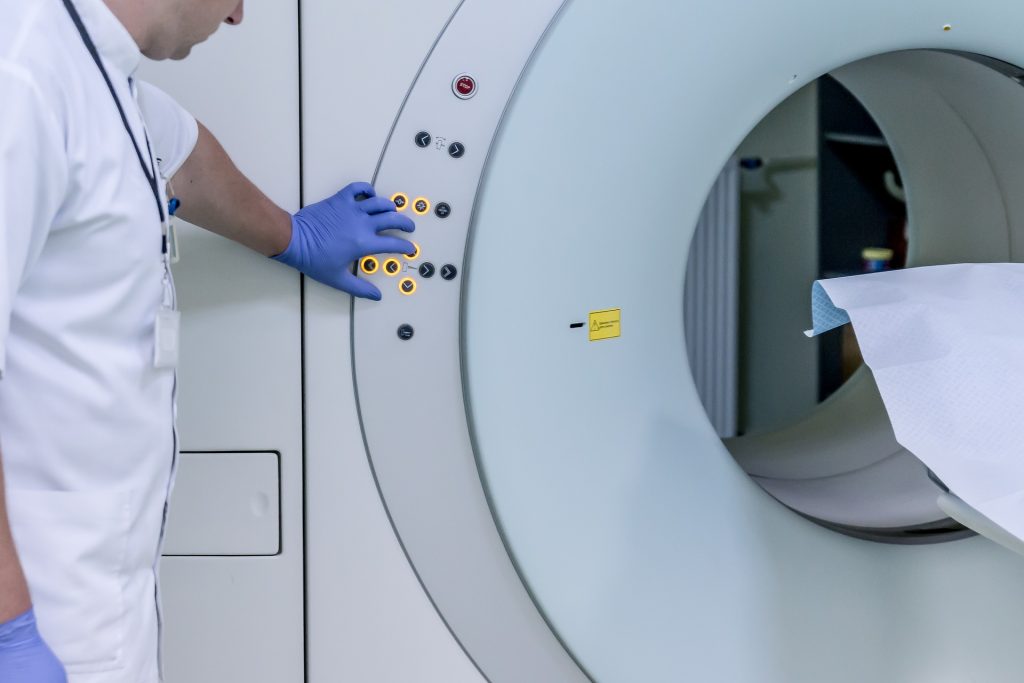Modern Antidepressants may Reduce Risk of Bipolar Relapse

Treatment with modern antidepressants may help prevent patients with bipolar disorder from relapsing into a depressive episode, according to an international clinical trial published in the New England Journal of Medicine. The findings challenge current clinical practice guidelines and could change how bipolar depression is managed around the world.
“Treating depression in bipolar disorder is challenging and the depressive episodes can be quite devastating for patients and their families,” said Dr Lakshmi Yatham, professor and head of the department of psychiatry at UBC, and the study’s lead author. “Reducing the risk of relapse is important because it can provide patients with a great deal of stability that ultimately lets them get back to the activities they enjoy and can greatly improve their quality of life.”
Patients with bipolar disorder experience extreme changes in their emotional state that cycle through periods of intense highs (mania or hypomania) and lows (depression). During depressive episodes, patients can experience feelings of sadness, hopelessness and loss of interest or pleasure in activities, in addition to trouble sleeping, changes in appetite and suicidal thoughts.
Antidepressant adjunctive therapy, in which antidepressants are prescribed alongside mood stabilisers and/or second-generation antipsychotic medications, is a commonly used strategy by clinicians to treat depressive episodes. However, the duration of this therapy is hotly debated due to a lack of evidence and concerns that antidepressants may induce mania, mixed states or rapid cycling between mania and depression.
Practice guidelines for the management of bipolar disorder published by the Canadian Network for Mood and Anxiety Treatments (CANMAT) and International Society for Bipolar Disorders (ISBD) currently recommend discontinuing antidepressant treatment eight weeks after remission of depression.
“It’s an area that hasn’t been widely studied and there is not a lot of consensus among experts,” said Dr Yatham. “Some studies have shown that up to 80 percent of patients continue receiving antidepressants for six months or longer.”
Now, results from the world’s first randomised clinical trial assessing the duration of adjunctive antidepressant therapy suggest that extending the treatment period beyond current guidelines may help prevent depressive relapses.
The clinical trial, conducted at sites in Canada, South Korea and India, involved 178 patients with bipolar I disorder who were in remission from a depressive episode following treatment with modern antidepressant drugs (escitalopram or bupropion XL). The patients were randomly assigned to either continue antidepressant treatment for 52 weeks, or begin tapering off antidepressants at six weeks and switch to a placebo at eight weeks.
Over the year-long study, 46% of patients in the placebo group experienced a relapse of a mood event, compared to only 31% in the group that continued antidepressant treatment. While this primary outcome was not found to be statistically significant, the comparison included relapses that occurred during the first six weeks of the study when both groups were receiving the same treatment.
However, in an analysis from week six onward, when treatment between the two groups differed, patients that continued antidepressant treatment were 40% less likely to experience a relapse of any mood event, and 59% less likely to experience a depressive episode relative to the placebo group. There was no significant difference in the rate of manic episodes or the rate of adverse events between groups.
“From the point where the two groups began receiving different treatments, we see a significant benefit for patients who continued treatment with antidepressants,” said Dr Yatham.
Patients with bipolar I disorder experience depressive symptoms three times more frequently than manic symptoms. Previous studies have shown that suicide attempts and suicide deaths are at least 18 times more common during depressive episodes compared to during manic episodes.
“Stabilizing patients and keeping them stable by preventing relapse is critical and can quite literally be lifesaving,” said Dr Yatham. “Future revisions of bipolar guidelines will incorporate the evidence from this study and contribute to changes in clinical practice on how antidepressants will be used to manage patients with bipolar disorder.”
Source: University of British Columbia





